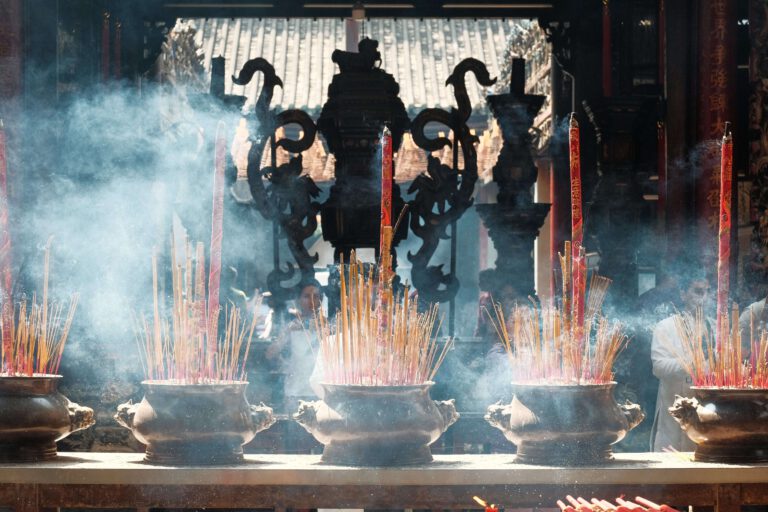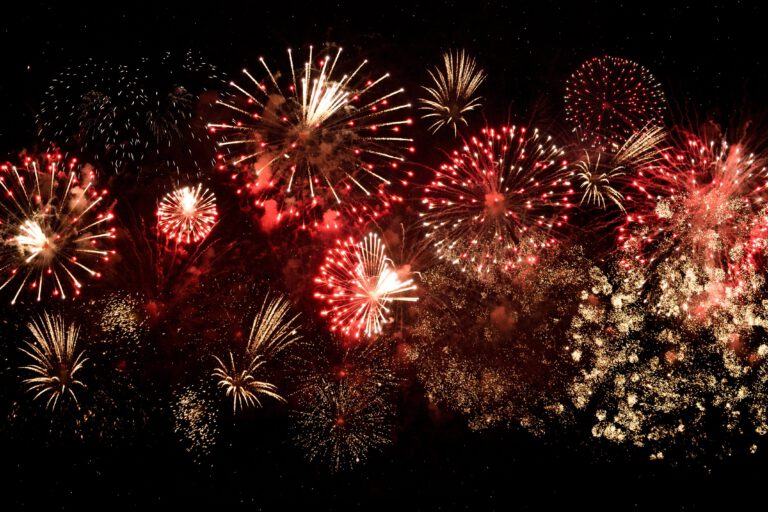Celebrating the Lunar New Year: A Time for Reflection and Tradition
Jan. 1 is an opportunity to start fresh for many people worldwide. They make resolutions to eat better, become healthier or take control of finances. Unfortunately, many people also abandon their resolutions by February. Luckily, it’s around this time that I get a second chance to reflect on my year and set the tone for a new one. This year, Feb. 10 marks the beginning of the Lunar New Year. It’s one of the most important festivals in many Asian countries, including Vietnam, China, Korea as well as the Asian diaspora.
A Time for Tradition and Celebration
The Lunar New Year prompts what is considered one of the world’s largest annual human migrations as hundreds of millions of people travel back to their familial hometowns for the celebrations, which last up to two weeks. Certain foods are eaten only at this time of year. Often traditional costumes are worn. Celebrants gather to see parades and perform various rites and rituals with elders in order to guarantee a lucky year ahead.
Here in the U.S., I only get to celebrate each Lunar New Year — or Tet, in Vietnamese — for one day each year, as it’s not a federally recognized holiday. Nevertheless, my parents made sure we spent our time wisely. We would all take the day off and put on our traditional ao dai to go visit my grandparents. They’d give us red envelopes, called li xi, filled with “lucky” money — but only after we give well wishes to our elders. On the days leading up to the New Year, we thoroughly clean the house up and spend days making banh chung, a sticky rice cake filled with pork belly and mung bean. Tet was always a reflective day focused on mindfulness and setting ourselves up for another successful year.
Evolving Traditions in the Asian Diaspora
Our celebration is just one example of how members of the Asian diaspora have evolved their Lunar New Year celebrations as they invite loved ones from other cultures to join in. For example, Hoang’s parents are divorced, and she often splits her holiday between her mother, who is Korean, and her father, who is Chinese and Vietnamese. Her mother’s family serves soju and Korean side dishes called banchan alongside photos of loved ones who have passed away. When she’s with her father in D.C., Hoang’s family does a deep clean the day before and wakes up early the next day to visit Vietnamese Buddhist temples in the area to pray and donate money. The family has a big meal in the evening. Food is laid out on an alter to honor and welcome ancestors.
Zhang, who is from Beijing, used to celebrate the Lunar New Year with her family in China by coming together to make dumplings, hand out lucky money in red envelopes, and watch the spring gala on China Central Television before enjoying fireworks at midnight. When she moved to the U.S. for college, she found a community of Chinese students to celebrate with and was able to share the holiday with her non-Asian friends as well. These days, she keeps in touch with her family virtually and plans to continue the tradition of watching the spring gala together.
Duong, on the other hand, has a complicated relationship with the Lunar New Year. His parents are ethnically Chinese but were born and lived in Vietnam. He grew up paying tributes to his ancestors and eating traditional dishes, but the holiday doesn’t hold much significance for him. However, he still calls his parents and wishes them a happy new year, using the occasion as a time for reflection and celebration of the newness of life.
Pao, who grew up in South Carolina with Taiwanese parents, describes Lunar New Year as a “big fun holiday” similar to Christmas. Their celebrations included partying with the local Chinese association, and her grandparents would send red envelopes, clothes, and food from Taiwan. After spending time in mainland China, Pao became more immersed in the traditions and now ensures that her children are familiar with their Chinese roots. To her, Lunar New Year is a time to take stock of the past, celebrate, and get excited about what comes next, all while staying connected to family and Chinese traditions.
Conclusion
The Lunar New Year is a time of reflection, tradition, and celebration for many Asian communities around the world. It’s a time to gather with family, honor ancestors, and set the tone for a lucky and prosperous year ahead. As members of the Asian diaspora invite loved ones from other cultures to join in the festivities, the traditions continue to evolve and adapt, creating a sense of unity and cultural exchange. Whether it’s through traditional rituals, special foods, or simply spending time with loved ones, the Lunar New Year holds deep meaning and significance for those who celebrate it.



